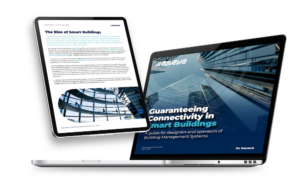

Smart meters The best solution for
Introduction: Constant Connectivity for Smart Meters
Constant connectivity is essential in today’s energy environment. As the need for power continues to grow, utilities must modernise their grid distribution networks in a bid to balance supply with demand. Doing this requires them to monitor the performance of those networks in real-time using IoT devices such as smart meters, a task that would be impossible without constant connectivity.
Smart meters are deployed by utilities to track energy use and diagnostic data on energy infrastructure, for both domestic and commercial use. Early versions simply collected and sent back data, but the current generation offer two-way communication, allowing action to be taken on their insights, such as through integration with Home Energy Management Systems (HEMS) that control connected electrical appliances.
Wherever they are used, it’s essential that smart meters communicate reliably and securely; after all, customers expect 24/7 connectivity. As with all IoT devices, there is a wide range of connectivity choices available: from NB-IoT and LoRa, to WiFi and cellular, including 3G, 4G, and 5G.
This paper will explore smart meter connectivity solutions, their strengths and limitations, and what smart device manufacturers need to consider when designing a connectivity solution for the future.

The importance of constant
communication
Constant communication is the main selling point of smart meters. It enables customers to monitor the consumption of water, electricity, or gas in real-time rather than on a monthly basis. Indeed, without constant communication, a smart meter’s value is seriously undermined. Continuous monitoring allows precision adjustments to energy use, and instant alerts of problems like leakages. Utilities benefit too: real-time monitoring requires less infrastructure and fewer personnel to read meters. This means that, over time, the ROI will pay for the infrastructure, and the utility’s costs will go down as a result.
Secure and reliable connectivity should therefore be a priority for any smart meter manufacturer designing a connectivity solution for the future.
Wherever they are used, it’s essential that smart meters communicate reliably and securely; after all, customers expect 24/7 connectivity."
Why not WiFi?
The obvious choice is WiFi. Smart meters are in homes, so why not take advantage of a good-to-go source of connectivity?
There are a few reasons. Firstly, WiFi is notoriously insecure. Bad actors can exploit vulnerabilities such as outdated encryption protocols and unpatched routers to access potentially sensitive information. Second, home WiFi is owned and managed by the consumer. If they choose to switch it off, or it breaks, they cut communication between the smart meter and the utility.
And not all smart meters will be in range of a WiFi router. Water meters can be installed in a pit at the end of the garden, for example.
Alternative solutions
Utilities, then, need their smart meters to have their own in-built connectivity solution. There are two common options, an RF mesh or cellular
RF Mesh
The need to control their own networks means many will lean toward RF mesh, which allows many devices to communicate with each other by transmitting data over radio waves, offering reliable connectivity over a wide area. But an RF mesh needs collectors and receivers, and putting the necessary infrastructure in place comes with a significant upfront capex cost.
Cellular
Good cellular connectivity, on the other hand, works with existing mobile infrastructure. In theory, that means every smart meter will work out-of-the-box anywhere in the world. For example, consider the challenges presented by mountainous terrain and inclement weather. Obtaining water usage measurement and billing data through a drive-by AMR system in such an environment would take several days, which could lead to customer service challenges and delays in leak detection. A cellular solution, however, is much more suitable, providing faster and more reliable leak detection, improved end-user water usage transparency, and more efficient meter readings.
Cellular can only be truly successful if a device’s SIM can localize to any network so that, wherever they’re deployed, each individual meter can connect to the most available network in that area. In the UK, each major network operator offers upwards of 90% coverage, but that still leaves plenty of “not spots” on each network, and few utilities want to roll out smart meters that only work in 90% of homes and businesses. Although rare, individual networks do sometimes go down for a few hours, such as the major outage experienced by AT&T in the US in February 2024. However, while mobile networks are individually imperfect, combined they offer almost 100% coverage and almost 100% reliability.
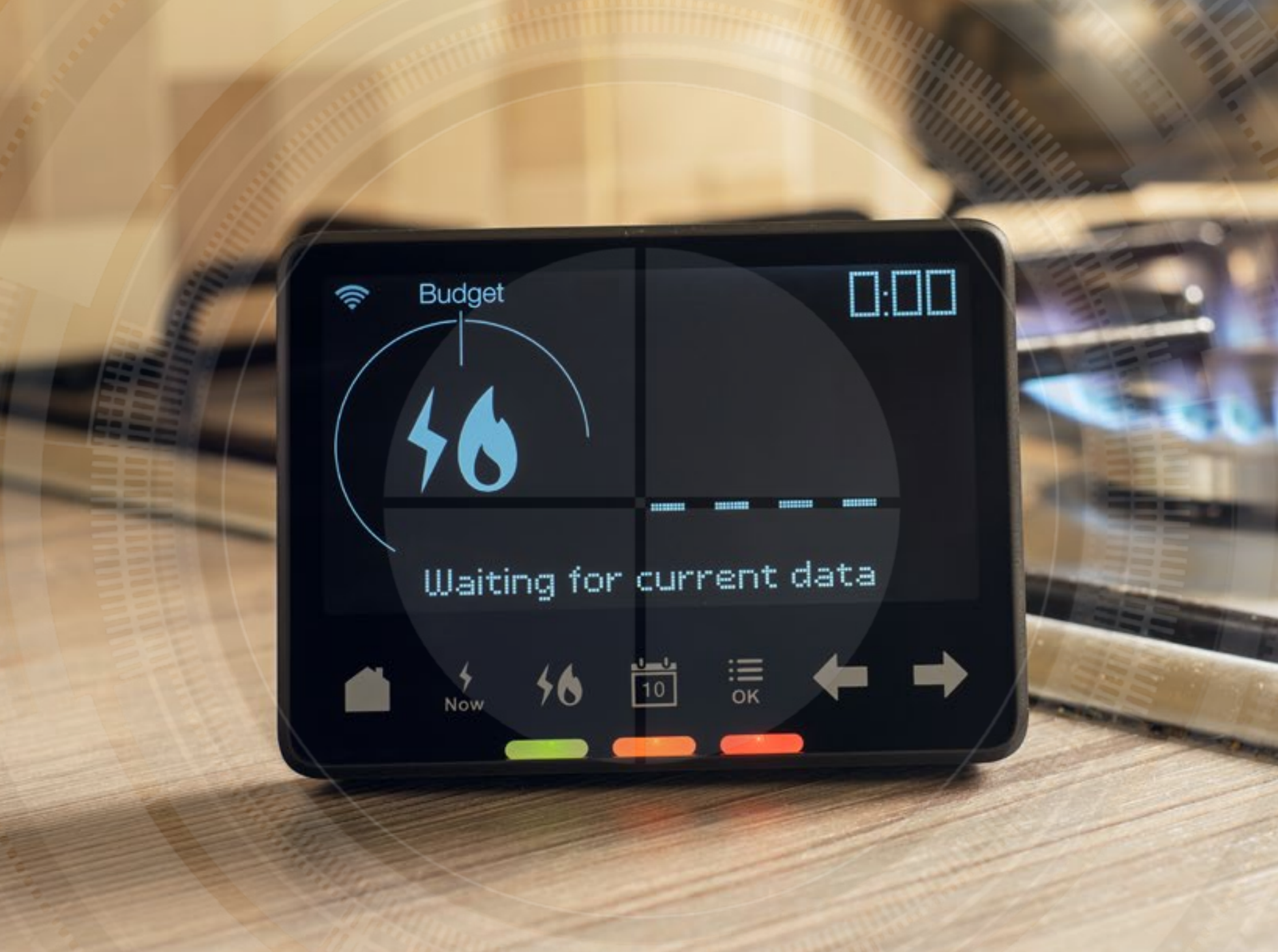
If the device is the driver of IoT project success, connectivity is the backbone; everything will depend on it."
Making cellular work for smart meters: The Eseye advantage
To realize the benefits of cellular without the drawbacks, Eseye has developed an approach to reliable, always-on cellular connectivity. Our connectivity can access all the major networks. If one network doesn’t work, we can fall back on another. And if that one should fail, we can fall back on one more. It’s connectivity flexibility at its best.
And should there be an outage and no backup, Eseye offers 2G and 3G fallback where available – which provide sufficient bandwidth for most smart meter use cases, as they tend not to transmit much data. All of this means that smart meters running on an Eseye SIM would remain resilient – and continue communicating – regardless of any network disruption.
RF Mesh Quick Definition:
RF Mesh is a wireless network where multiple devices (nodes) communicate with each other using radio frequencies. The devices form a “mesh” by relaying data to one another, enabling reliable, wide-area connectivity even in challenging environments. This decentralized network is commonly used for applications like smart meters and smart city infrastructure.
Always have a backup plan
Whilst cellular can offer a simple and resilient solution, thought still needs to go into designing connectivity to be resilient and future-proof in any scenario. There is always somewhere that your main communication protocol won’t work, and so it’s good to have a backup.
Multi-RAT (multiple radio access technologies) will therefore be key to preparing smart meters for the future. Smart meters should have at least one fallback method for collecting data, such as Cat M1, Bluetooth, Zigbee, or even satellite. To take advantage of the innovation and growing RAT choice, manufacturers must ensure their devices are flexibly designed with the right hardware components and embedded software intelligence.
Network shutdowns are on the rise; 2G and 3G are being sunset around the world. In five years, for example, 5G will be the standard, and the majority of infrastructure will be built around it. Smart meter manufacturers who build their systems around 4G will either have to scramble to devise an update or hope that 4G doesn’t face shutdown in the foreseeable future. Indeed, this was a huge problem for anyone using 3G nodes when networks in the US shut down their 3G services in 2022, and one that will be repeated in the UK when EE does the same in 2024.
It’s important, then, for manufacturers to either design smart meters that can be easily upgraded or to invest in the latest generation of modems and modules that will allow them to jump on the newest networks. Either approach means longevity shouldn’t be a concern for at least another 10 to 15 years – the lifespan of most smart meters.
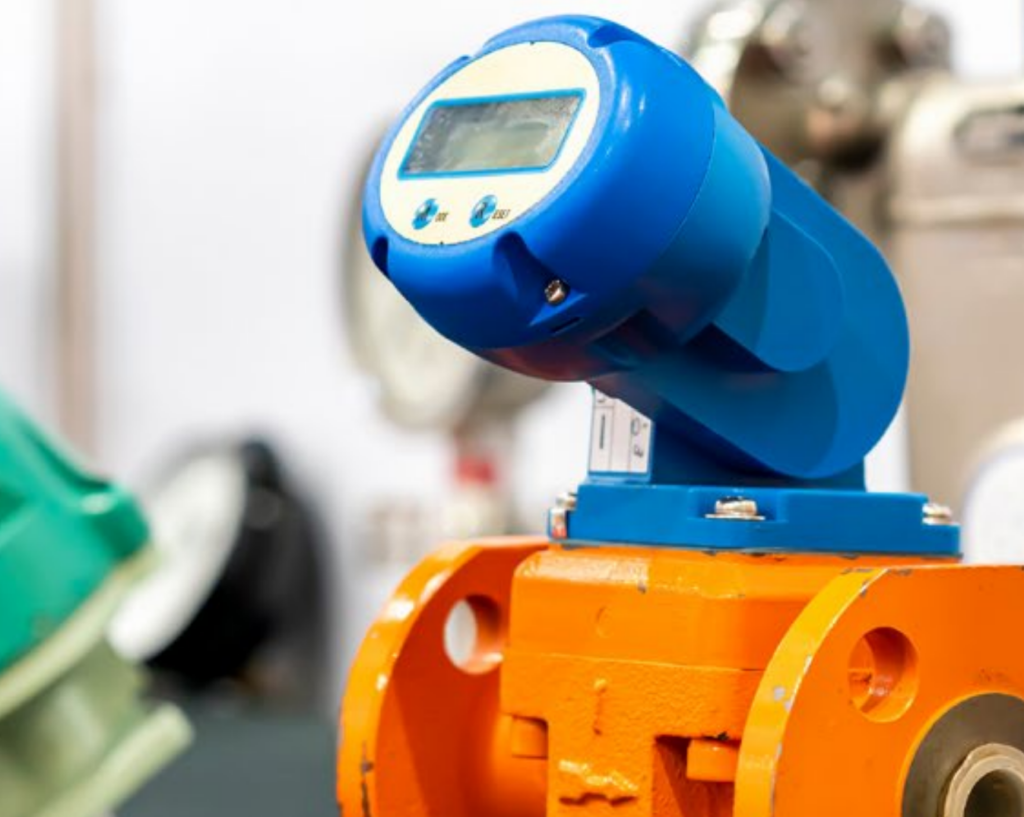
Choosing a long-term connectivity solution
Consistent, secure, reliable connectivity is key to the operation of smart meters today. Without it, utilities can be left in the dark regarding consumption, diagnostic, and other valuable usage information. Smart meters need to connect wherever they are deployed and work with whatever technology is available – whether that means upgrading to 5G or falling back on 2G. Cellular connectivity offers the most flexible and resilient long-term solution, if the device is designed to harness it effectively and has backups built in.
To learn more about how we can help futureproof your smart meter system, please contact us.
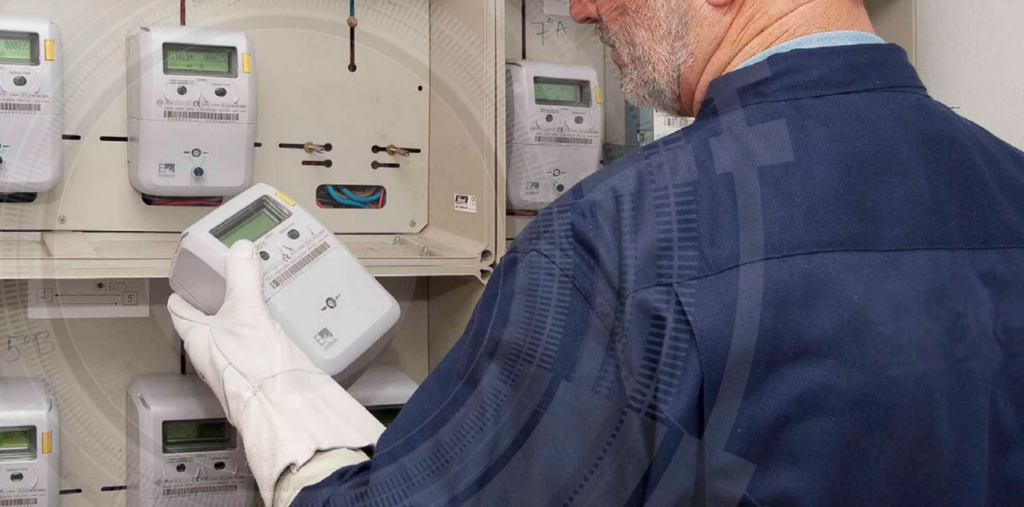
Consistent, secure, reliable connectivity is key to the operation of smart meters today."
Eseye’s IoT solutions for smart meters
Eseye’s AnyNet SMARTconnect™ gives devices the intelligence to swap to another network if connectivity drops, and future-proofs the device by allowing new networks and operators to be easily introduced. AnyNet SMARTconnect codifies our expertise into a powerful and flexible software library that partners and customers can integrate into their devices, allowing connectivity to be accessed and optimized on-device through the dynamic selection and management of networks.
It provides the building blocks to enable connectivity applets with access to multiple RATs – for example, cellular, Zigbee, Thread, Bluetooth, LoRaWAN, and satellite. It enables the selection and simultaneous optimization of these radio access types and operators using multiple device constraints – from bandwidth to power – allowing them to be tailored to meet application needs and data flows.
The hardware and software are underpinned by Eseye’s Infinity IoT Platform™, a connectivity management platform that gives operators oversight and control of the entire smart meter estate from a single ‘pane of glass.’ This makes it possible to optimize connectivity for each device, as well as to provide full-lifecycle management of the entire estate, including over-the-air updates to introduce new features, update firmware, and enhance security, for example.
Eseye’s low-power SIMs provide flexibility for Itron’s smart meters
Itron is an American technology company that offers products and services for managing energy and water resources. It provides both smart meters and the networks they run on – either cellular or private RF mesh – all managed via a proprietary head-end system. Until recently, Itron relied on local MNOs for connectivity in the areas where its services operate. However, as Itron expanded, it needed a more flexible approach, ideally an MVNO that could work across multiple markets.
To achieve this, Itron integrated Eseye’s multi-IMSI AnyNet SIMs into its devices during manufacturing, enabling the meters to switch network operators as needed. Its electricity meters use plastic SIMs, while water and gas meters use embedded SIMs to meet health and safety sealing requirements.
Whether embedded or not, Eseye’s AnyNet SIMs use LTE CAT M1 technology to support the low power consumption and typical 15-year lifespan of Itron’s smart meters. Additionally, Itron uses the LwM2M (Lightweight M2M) open protocol alongside Eseye’s AnyNet SMARTconnect™ to manage its meter estate. APIs allow utility companies to manage their smart meter portfolios via Eseye’s Infinity IoT Connectivity Management Platform™.
As a result, Itron has gained the flexibility it sought, along with enhanced efficiency and control over its operations.
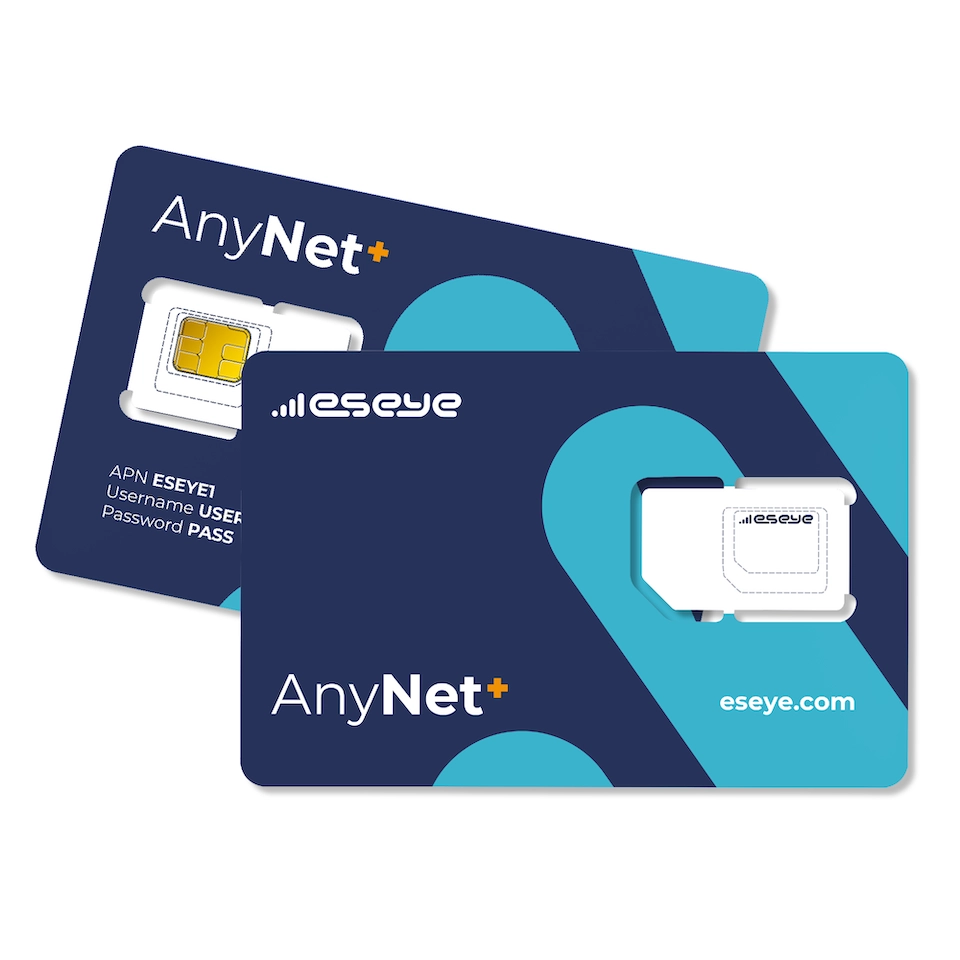
Start your journey to IoT success
The best time to choose Eseye was when your project began.
The second best it today.
Get your personalised IoT Readiness Level Assessment compared to market best practices and similar projects within your industry vertical.

